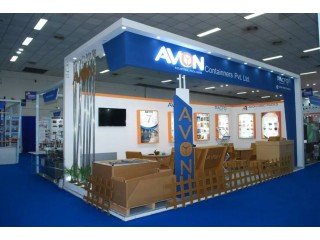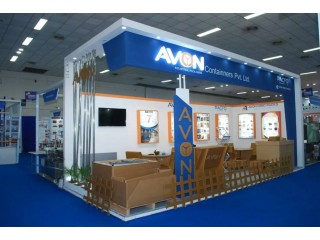What is tungsten? Private
1 year ago - Multimedia - Warangal - 86 viewsTungsten, meaning “heavy stone” in Swedish, is a very hard and heavy silver gray rare metal. With the highest melting point among metals, tungsten has a relatively large electric resistance as a metal, so it is used for heaters and reflectors in furnaces exceeding 2000℃.
It also becomes a hard alloy when mixed with carbon, etc. Cemented carbide combined with cobalt is used for high-grade cutting tools. In addition, tungsten, with extremely low environmental impact, has a very high radiation shielding capability compared to lead; it is also widely used as radiation shielding material in medical field such as X-ray CT. Tungsten does not seem familiar to us in our daily life, but it is closely related to our lives for its industrial and medical uses. With the highest melting point among metals, tungsten has low thermal expansion coefficient and extremely high shape stability even under a super high temperature environment. With its relatively large electric resistance, we offer tungsten rods for various discharge electrodes, which have improved discharge property and discharge consumption resistance. Although tungsten is a metal with high hardness, its hardness is enhanced by combining it with carbon; it is used for high-grade cutting tools. Here are some chemical features of it;
Tungsten is stable at room temperature but oxidizes to the extent that surface gloss is lost. It reacts mainly with O₂, CO₂, N₂, H₂O and hydrocarbon at high temperature, but not with mercury vapor and hydrogen.
When reacting with oxygen or air, it produces elevated oxide (WO₃) via lower oxides such as W₃O, WO₂, or W₂₀O₅₈ as the temperature rises.
Water does not corrode it, but vapor in the red heat state does, producing WO₃.
It reacts vigorously and dissolves in a mixed solution of nitric acid and hydrofluoric acid.
It has reducing properties under extremely hot temperature. When heated at very high temperature with sulfur, it produces the compound (WS₂); it produces the compound (W₃P₄) when phosphorus vapor is applied.


















